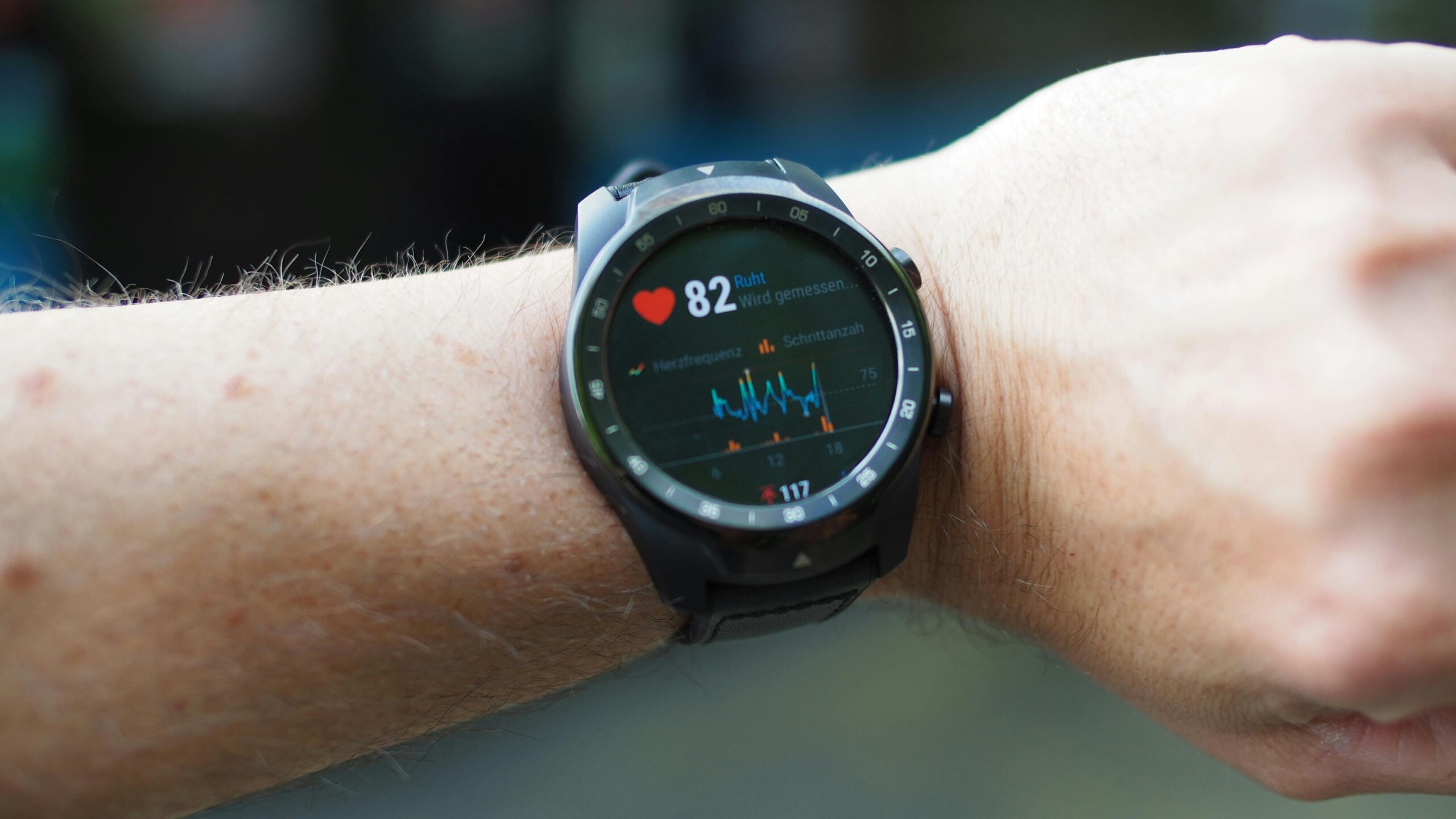Heart Rate for Fat-Burning Vs. Cardio: Key Differences & How to Optimize Your Workouts
Heart Rate for Fat-Burning Vs. Cardio: What You Need to Know
Understanding your heart rate zones is crucial for tailoring workouts to meet specific goals, whether it’s shedding fat or boosting cardiovascular endurance. But what’s the difference between the “fat-burning zone” and the “cardio zone,” and how do they impact your fitness journey? Let’s break it down.
What Are Heart Rate Zones?
Your heart rate (measured in beats per minute, or BPM) reflects exercise intensity. Different zones trigger distinct physiological responses:
- Fat-Burning Zone (60-70% of Max Heart Rate):
- Burns a higher percentage of calories from fat.
- Lower intensity, sustainable for longer durations.
- Ideal for steady-state workouts like walking or light cycling.
- Cardio Zone (70-85% of Max Heart Rate):
- Boosts cardiovascular fitness and endurance.
- Burns more total calories, albeit fewer from fat proportionally.
- Includes activities like running, HIIT, or swimming.
How to Calculate Your Target Heart Rate
First, estimate your maximum heart rate (MHR) using the formula:MHR=220−Your AgeMHR=220−Your Age
Then, calculate your zones:
- Fat-Burning Zone: 60–70% of MHR
- Cardio Zone: 70–85% of MHR
Example: For a 30-year-old, MHR = 190 BPM.
- Fat-Burning: 114–133 BPM
- Cardio: 133–162 BPM
Note: The 220-age formula is an estimate. For precision, consider a treadmill stress test or the Karvonen formula.
Fat-Burning Zone: Benefits and Limitations
Pros:
- Efficient Fat Utilization: Up to 85% of calories burned come from fat.
- Accessible for Beginners: Low intensity reduces injury risk.
- Improves Metabolic Health: Enhances insulin sensitivity.
Cons:
- Slower Calorie Burn: Fewer total calories burned per session.
- Time-Consuming: Requires longer workouts for significant results.
Best For: Weight loss maintenance, recovery days, or endurance training.
Cardio Zone: Why Intensity Matters
Pros:
- Higher Calorie Burn: More total calories torched, aiding weight loss.
- Boosts VO2 Max: Enhances oxygen uptake and stamina.
- Afterburn Effect: Elevated metabolism post-workout (EPOC).
Cons:
- Shorter Duration: Higher intensity limits workout length.
- Risk of Overtraining: Potential strain on joints and muscles.
Best For: Improving athletic performance, HIIT enthusiasts, or breaking fitness plateaus.
Fat-Burning Vs. Cardio: Which Is Better for Weight Loss?
While the fat-burning zone uses more fat percentage-wise, the cardio zone burns more calories overall. For example:
- Fat-Burning: 60-minute walk burns 300 calories (255 from fat).
- Cardio: 30-minute run burns 400 calories (160 from fat).
Verdict: Combine both! Use cardio for efficiency and fat-burning for sustainability.
How to Track Your Heart Rate
- Wearables: Smartwatches (Fitbit, Apple Watch) offer real-time BPM tracking.
- Manual Check: Measure pulse at your wrist or neck for 15 seconds, then multiply by 4.
- Perceived Exertion: Use a scale of 1–10 (fat-burning = 4–6, cardio = 7–8).
Sample Weekly Workout Plan
- Monday: 45-minute brisk walk (fat-burning zone)
- Wednesday: 30-minute HIIT session (cardio zone)
- Friday: 20-minute cycling intervals (mix both zones)
- Sunday: Yoga or recovery (low intensity)
FAQs
Q: Can I stay in the fat-burning zone forever?
A: No. Varying intensities prevents plateaus and boosts overall fitness.
Q: Is the cardio zone safe for beginners?
A: Gradually build intensity. Consult a doctor if new to exercise.
Q: Does muscle burn fat?
A: Yes! Strength training increases muscle mass, elevating resting metabolism.
- Fat-Burning Zone: Prioritize for endurance and fat utilization.
- Cardio Zone: Opt for calorie efficiency and cardiovascular health.
- Mix Both: Balance zones to maximize weight loss and fitness gains.
Ready to optimize your workouts? Track your heart rate, set clear goals, and watch your progress soar!




